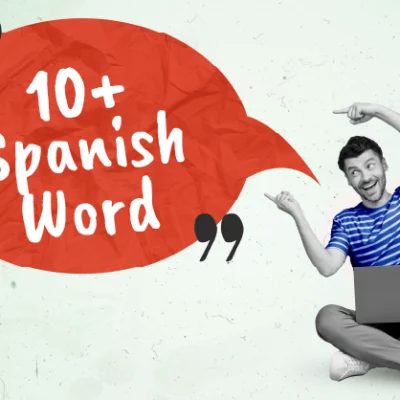7 Amazing and Fun Facts About Easter You Never Knew
Table of Contents
Easter is upon us once again but how much do you really know about Easter besides Peter Cottontail and his colourful eggs?
Sure, every one of us knows the basics about this major Christian holiday. But as you stock up on candies and plastic eggs, you might wonder where these traditions originated and evolved over time.
Easter Clothes Used to Be Considered Good Luck
Back in the mid-1800s, people had a superstition that wearing new clothes on Easter would bring good luck in their lives for the rest of the year. It was so widely believed that people from the upper-class would quite literally strut their stuff coming out of mass in beautiful and well-to-do Fifth Avenue churches. And, lucky for us, the custom still continues today.
Egg-throwing Festival
Yes, you heard it right. That’s exactly what used to happen in medieval times. The priest would throw a hard-boiled egg to one of the choir boys, and the boys would pass it amongst themselves until the clock struck 12. Whoever held the egg, was the winner and got to keep it.
German Bunny
The idea of a fluffy bunny distributing candies and eggs during easter is said to have originated in Germany during the middle ages. It was not a part of this celebration until the Germans settled in Pennsylvania in the 1700s that the tradition of the bunny that lays eggs came to the states.
The Ukrainian Tradition of Decorating Eggs
The ornate eggs were called pysankas, which were made by using wax and dyes. It wasn’t until Ukrainian immigrants came to the U.S. that the colourful custom started on.
The Tail, Ear or Feet
Do you eat the tail or the ear first of the chocolate bunnies? A surprising 59% of people eat the ears first and only a handful starts with the feet/tail, and the rest apparently don’t have a plan of action.
It used to take more than a day to make a Peep.
Peep is the most popular non-chocolate Easter candy with Americans buy more than 700 million marshmallow peeps during the Easter holiday. Back in 1953, when the candies were made with hands it took approximately 27 hours to make one peep. Today we have machines like the depositor, that have dramatically speed up the process to just six minutes.
Easter Egg Roll Tradition
The first white house egg roll was created in 1878 during the time of president Rutherford B. Hayes. He was taking a walk when some children approached him asking about a possible Easter egg roll. He loved the idea and it’s been a yearly event since then.











